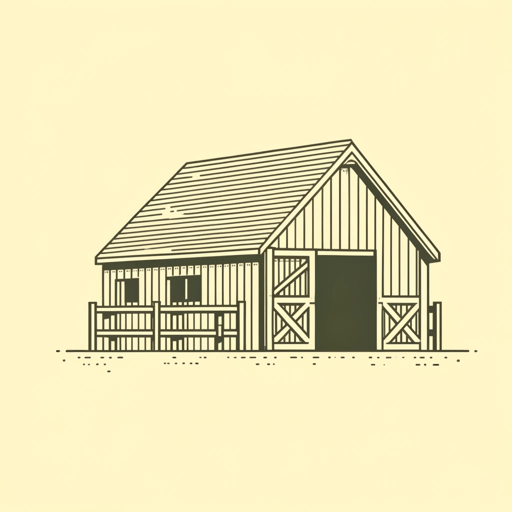45 pages • 1 hour read
C. S. LewisThe Last Battle
Fiction | Novel | Middle Grade | Published in 1956A modern alternative to SparkNotes and CliffsNotes, SuperSummary offers high-quality Study Guides with detailed chapter summaries and analysis of major themes, characters, and more.
Summary and Study Guide
Overview
The Last Battle, first published in England in 1956, is the seventh and final novel in The Chronicles of Narnia. The Chronicles of Narnia, a series of fantasy novels by celebrated British writer and literary scholar C. S. Lewis (1898-1963), is considered a classic of children’s literature. The Last Battle represents the culmination of the series’ themes and characters and won the Carnegie Medal, which annually recognizes an outstanding book for children. Although The Last Battle can be read solely as an account of imaginary worlds, the book also possesses a strong Christian allegorical aspect with its description of a final battle between good and evil and its portrayal of life after death. Lewis’s Christian faith, which he returned to at the age of 32 after having been an atheist in adolescence, profoundly influenced his writings. Other notable books authored by Lewis include Mere Christianity (1952), a nonfiction work, and Till We Have Faces (1956), a retelling of the ancient Greek myth of Cupid and Psyche. (Note: This guide is based upon the Puffin Book edition.)
Plot Summary
The Last Battle tells the story of the last war of Narnia, when King Tirian and his loyal followers fight the Calormene invaders and their allies. This conflict leads to the end of the old world of Narnia and the beginning of a new adventure in Aslan’s real country. The book starts approximately 200 Narnian years after the events in The Silver Chair (the sixth book in the series) and about 2,500 Narnian years after the creation of Narnia recounted in The Magician’s Nephew.
Narnia has been at peace for generations, but evil emerges near the Western Wild region. A clever ape named Shift manipulates a sweet but naive donkey named Puzzle to wear a lion skin to impersonate the “Great Lion,” Aslan. Shift uses this deception to increase his power and riches. Through the carefully controlled appearances of this false Aslan, Shift deceives more and more Narnians into believing that Aslan has returned. As the Narnians obey Shift’s harsh orders, they allow their enemies, the Calormenes, to enslave them, believing that Aslan has commanded it. Evil increases as false Aslan’s followers murder the sacred “talking trees.” Although Roonwit the centaur warns King Tirian that it is a lie that Aslan has returned to Narnia, King Tirian has been told that Aslan is not a “Tame Lion” and is uncertain what Aslan might do.
King Tirian becomes a prisoner as a result of rashly killing unarmed Calormenes to rescue a mistreated talking horse. When King Tirian hears Shift and the Calormene warlord Rishda trying to convince everyone that Aslan and the Calormenes’ destructive god Tash are identical, he realizes that Shift and Rishda are lying. Tied to a tree, King Tirian calls on Aslan and the “Friends of Narnia” for help. The Narnian king then dreams of a group of people (Lord Digory, Lady Polly, High King Peter, King Edmund, Queen Lucy, King Eustace, and Queen Jill) at dinner in England. Moments later, the English children Jill and Eustace arrive in Narnia; they release the king, assist in the rescue of his unicorn friend Jewel, and seize Puzzle, who is ashamed of the harm he has done by impersonating Aslan. They also free a band of dwarfs from the Calormenes. However, the dwarfs, except for one named Poggin, have lost their faith in the real Aslan.
King Tirian learns that Shift and Rishda have summoned the demon Tash to Narnia, even though they do not believe in its existence. Farsight the eagle reports that the Calormenes have conquered the Narnian royal city. King Tirian and his group advance on a stable (now “the Stable”) where Shift had been keeping Puzzle. He hopes to expose Shift’s deception, but Shift, Rishda, and Ginger the cat collude to force creatures into the Stable, where a Calormene sentry kills them. When Rishda belatedly realizes that the destructive god Tash is real, he seeks to throw creatures into the Stable to appease the demon. The forces of King Tirian and Rishda fight again, but Rishda’s reinforcements outnumber the loyal Narnians. King Tirian manages to throw Shift into the Stable, and Tash consumes the ape. While fighting for his life, King Tirian drags Rishda into the Stable with him.
Although Tash devours Rishda, King Tirian finds himself in a beautiful land where he encounters all of the Friends of Narnia he saw in his earlier dream. Lord Digory, Lady Polly, High King Peter, King Edmund, Queen Lucy, King Eustace, Queen Jill, and King Tirian witness the end of the old world of Narnia. Aslan directs Father Time to bring all the stars down from the sky and destroy the sun and the moon. At “the Door” of the Stable, the final separation of creatures takes place, determined by each one’s hatred or love of Aslan; evil disappears forever and the good lives on in Aslan’s eternal country. High King Peter closes and locks the Door as Aslan directs the “beloved” ones to walk further into the true, eternal world. They reunite with Narnian heroes from the past, and they can see the real, inner England. Aslan tells them that there was a railway accident in the “Shadowlands” of old England and that they have all died. The story ends with the revelation that this is only the beginning of the one true story.
From a Christian allegorical perspective, The Last Battle tells the story of the antichrist, the end of the world, and the return of the savior. Shift’s deception is much like the deception of the antichrist. Those who can see through Shift’s deception are rewarded by entrance into Aslan’s (God’s) “true Narnia,” the final kingdom where they will live side by side with him forever.
Related Titles
By C. S. Lewis
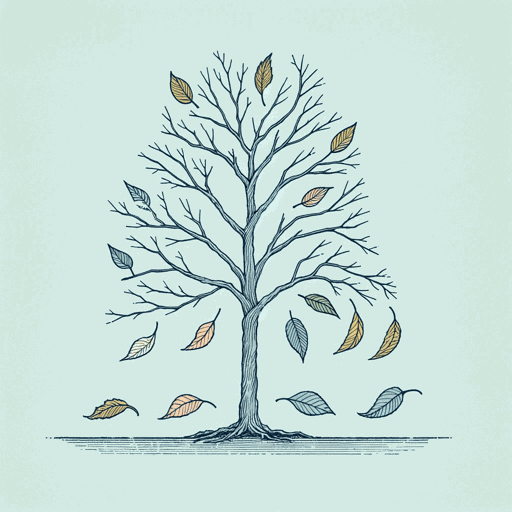
A Grief Observed
C. S. Lewis

Mere Christianity
C. S. Lewis
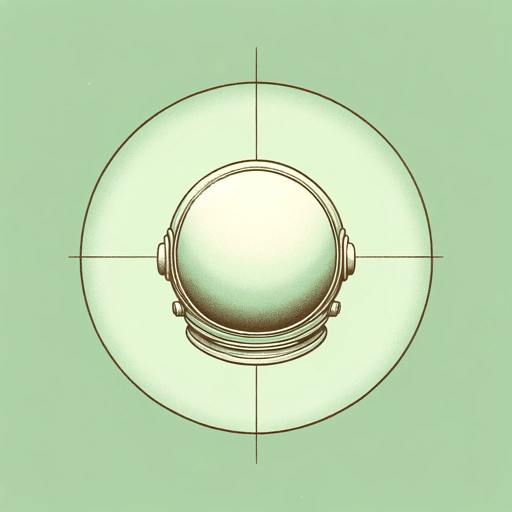
Out of the Silent Planet
C. S. Lewis

Perelandra
C. S. Lewis
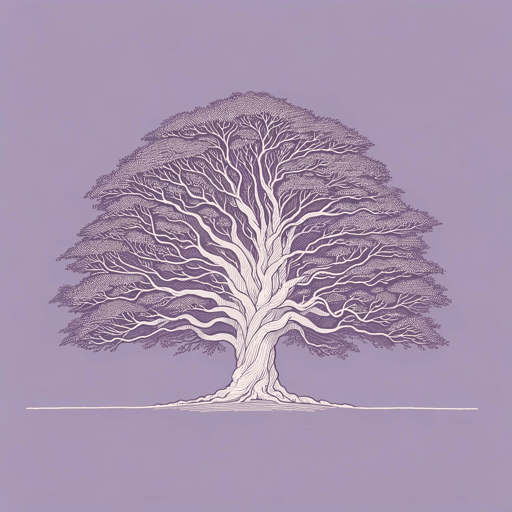
Prince Caspian
C. S. Lewis

Surprised by Joy
C. S. Lewis
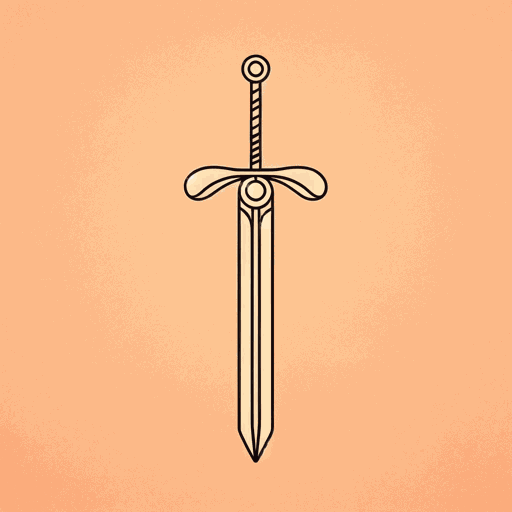
That Hideous Strength
C. S. Lewis

The Abolition of Man
C. S. Lewis

The Discarded Image
C. S. Lewis

The Four Loves
C. S. Lewis
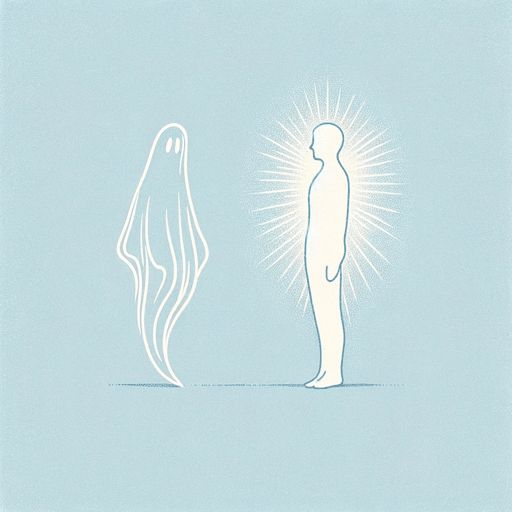
The Great Divorce
C. S. Lewis
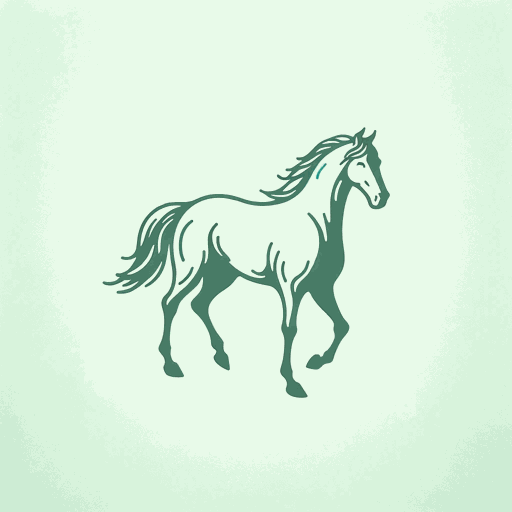
The Horse And His Boy
C. S. Lewis

The Lion, the Witch and the Wardrobe
C. S. Lewis

The Magician's Nephew
C. S. Lewis
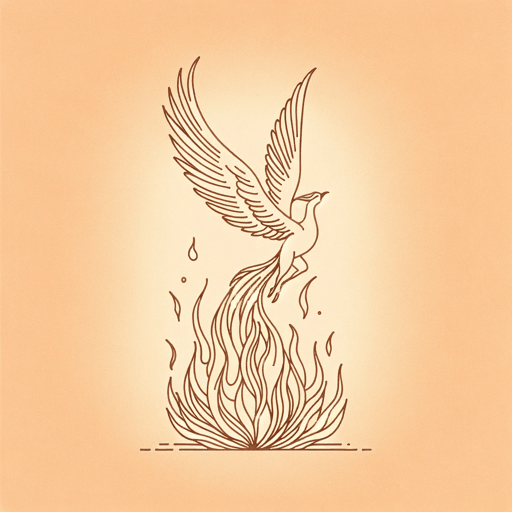
The Problem of Pain
C. S. Lewis

The Screwtape Letters
C. S. Lewis

The Silver Chair
C. S. Lewis

The Voyage of the Dawn Treader
C. S. Lewis

Till We Have Faces
C. S. Lewis
